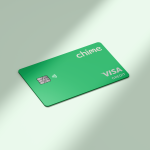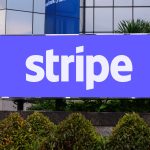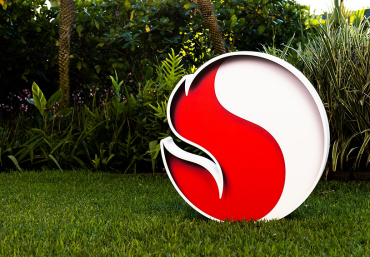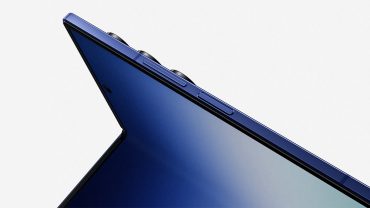
- Consumer Tech
- Telecom
Apple’s Foldable iPhone to Use Samsung Crease-Free Display
5 minute read

Samsung Display’s crease-free technology enables Apple’s first foldable iPhone as global market prepares for mainstream adoption
Key Takeaways
- Apple’s first foldable iPhone launches in 2026 using Samsung Display’s crease-free technology, marking a strategic shift from internal development to external partnerships
- Samsung Display begins mass production Q4 2025 with exclusive manufacturing line conversion and projected 13-15 million unit sales for Apple’s foldable debut
- Foldable market reaches $118.87 billion by 2030 with Apple’s entry expected to drive renewed growth after anticipated single-digit decline in 2025
Introduction
Apple breaks from its traditional vertical integration strategy by partnering with Samsung Display for its first foldable iPhone, scheduled to launch in 2026. The tech giant abandons internal development efforts in favor of Samsung’s proven crease-free display solution, signaling a rare concession from a company known for proprietary hardware control.
This strategic pivot addresses Apple’s primary concern with foldable technology: visible display creases that compromise the premium user experience. Samsung’s advanced laser microstructure design meets Apple’s demanding quality standards where internal R&D efforts fell short.
Key Developments
Apple’s foldable journey began in 2014 with flexible-display patents, but the company delayed market entry due to crease visibility issues. The project recently reached the P1 prototyping stage, with Samsung Display preparing panel production by year-end.
Samsung Display plans to begin mass production of foldable OLED panels for Apple in Q4 2025, according to Korea JoongAng Daily. The company converts a dedicated manufacturing line in its South Korea facility exclusively for Apple’s project, demonstrating the partnership’s strategic importance.
Fine M-Tec, Samsung’s key supplier, expands operations in Vietnam to support Apple’s production timeline. The company transitions from etching to laser drilling technology, raising unit prices to $30-35 per component while securing over 80% of the supply share.
Market Impact
The foldable smartphone market faces projected single-digit decline in 2025 before Apple’s entry catalyzes renewed growth. Industry forecasts show market expansion from $31.3 billion in 2025 to $118.87 billion by 2030, representing a 30.59% compound annual growth rate.
Apple’s material costs reach approximately $750 per device, according to UBS estimates, suggesting retail pricing between $1,800-$2,000. This aligns with Samsung’s current foldable pricing strategy and positions the device in the premium segment.
Analyst Ming-Chi Kuo projects initial sales volume of 13-15 million units, indicating substantial market confidence in Apple’s foldable debut. Samsung Display benefits from exclusive supply arrangements while Fine M-Tec positions for significant revenue growth.
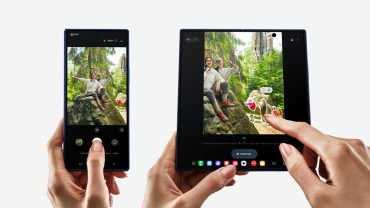
Strategic Insights
Apple’s partnership with Samsung Display represents a strategic acknowledgment that external innovation surpasses internal capabilities in specific technologies. This marks a departure from Apple’s traditional approach and validates Samsung’s leadership in foldable display technology.
The collaboration strengthens Samsung’s position in the premium display market while providing Apple access to mature foldable technology. Samsung’s experience with Galaxy Fold improvements, including 200,000+ fold ratings and enhanced durability, directly benefits Apple’s development timeline.
Supply chain dynamics shift as Fine M-Tec expands manufacturing capacity and upgrades technology capabilities. The company’s laser-drilling expertise becomes crucial for meeting Apple’s crease-free requirements, creating new competitive advantages in the component market.
Expert Opinions and Data
Ming-Chi Kuo, renowned for accurate Apple predictions, confirms the foldable design relies entirely on Samsung’s display technology. His analysis projects multiple iPhone 17 series releases alongside the 2026 foldable launch, indicating Apple’s diversified product strategy.
Industry analysts view Apple’s entry as validation of the foldable form factor’s maturity. The move signals technology readiness for mainstream adoption, with expectations of renewed innovation waves similar to previous iPhone and smartwatch impacts.
According to Fortune, Samsung’s advanced technology achievement surpasses competitors like BOE and LG Display in quality and yield standards. This technological leadership positions Samsung as the preferred supplier for premium foldable applications.
Material science breakthroughs drive broader market adoption, with Samsung’s latest Galaxy Z Fold and Flip models demonstrating improved water resistance and structural durability. These advances address previous consumer concerns about foldable device reliability.
Conclusion
Apple’s foldable iPhone partnership with Samsung Display reshapes competitive dynamics in the smartphone industry. The collaboration validates external innovation while positioning both companies for growth in the expanding foldable market.
The 2026 launch timeline creates immediate opportunities for supply chain partners and signals broader industry transformation. Apple’s entry legitimizes foldable technology for mainstream consumers while Samsung strengthens its display technology leadership position.
